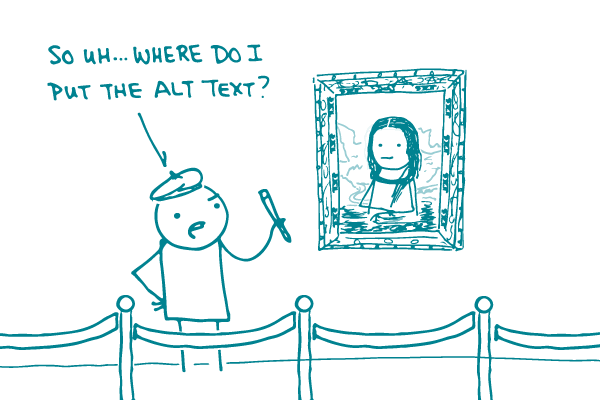
In online health content, images aren’t just pretty pictures — they’re used to support and reinforce your message. (If that’s not the case, Houston, we have a problem!) So it’s important that your image content is accessible to all users. Alt text to the rescue!
Alt text (alternative text) is exactly what it sounds like: a written description of an image’s content for users who can’t access the image itself. Like many best practices in web design, alt text is important for users with disabilities, but it also benefits many others.
For users who are blind or visually impaired, a screen reader can read the alt text aloud. And for those with out-of-date web browsers or slow connections, alt text will display in place of an image that doesn’t load properly. Well-written, descriptive alt text will also improve your search engine optimization (SEO). Bonus!
To make sure you’re writing alt text that’s as helpful as possible, keep the 3 Cs in mind:
- Clear: Alt text needs to include all the relevant information that’s in the image. What would someone miss by not seeing the image?
- Concise: Explain what’s in the image but don’t repeat information that’s already included in your content.
- Consistent: Try to keep things like tone, verb tense, and level of detail consistent in alt tags — just like any other written content.
The bottom line: When you write concise, accurate alt text for your images, everybody wins.
Browse recent posts